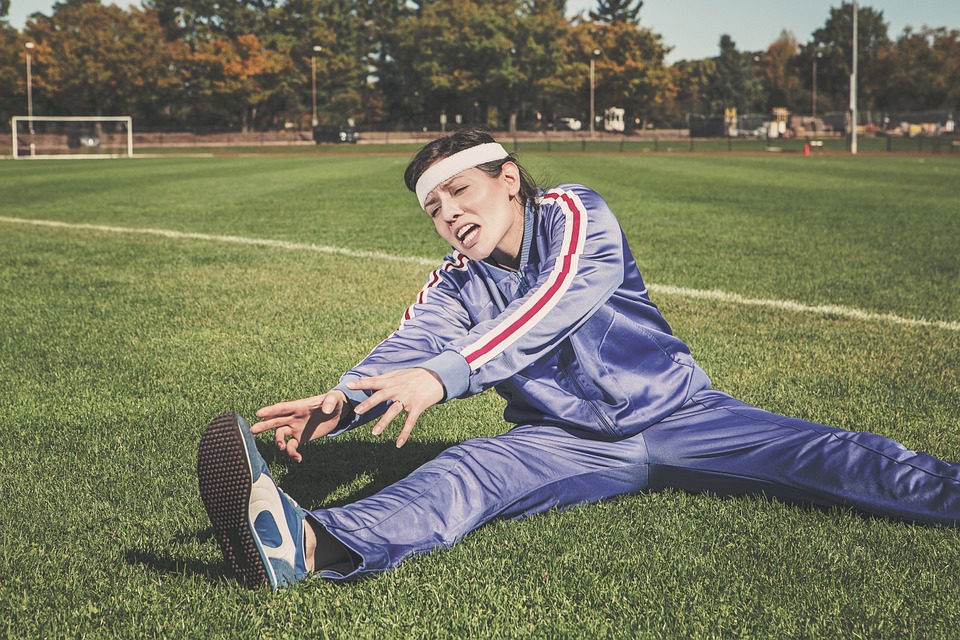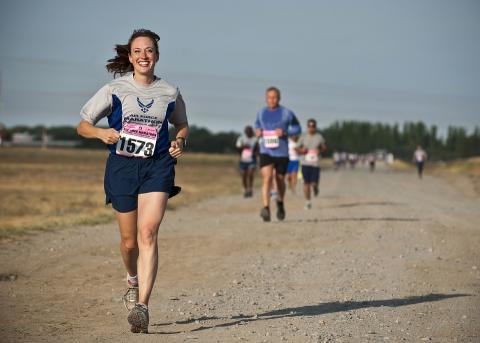Learn more about injury prevention
As 2016 races by, many of us are starting to look back on 2015. Stop wishing you were more active and change your lifestyle today. Obesity levels are rising and heart disease is now the number one killer in Australia. Weekly exercise is the way to start.
As an Osteopath from January to June, I see many injuries due to New Year's Resolutions to be more active.
The 5 most injury prone sports are footy (AFL), basketball, netball, running and tennis. These results are from the 2006 Medibank Private Sage Sports Report. Cricket scraped in at number 6. The other sports in the top 10 were soccer, rugby (union and league) and aerobics. No surprises there. Injuries are likely with speed, contact and repetitive motions. Injury rates are also on the rise for walking, yoga and dance. Understanding why is more difficult.
The most common sporting injuries occur in the legs. Ankles, knees and hips are most injury prone. The average knee injury costs $11000 - $16500 for those without private health cover. Preventing these injuries is imperative to keep you exercising and saving your money!
The easiest way to prevent injury is to prepare for your sport.
1) Use the correct equipment.
2) Warm up and cool down.
3) Activity level must match your fitness level.
For the AFL players amongst us, you must attend pre-season training to be able to go hard in the first game. Make sure you do an adequate warm down afterwards. Not just a quick shower and a cold beer!
Choose the right shoes for your sport. Walking shoes for walking. Running shoes for runners. Basketball shoes for basketball. Using the correct shoes is imperative to prevent strain and overuse injuries. If you plan on doing a daily walk, getting a good pair of walking shoes will save you time and money in the long run. Adequate ankle support is especially important for basketballers and netballers. Ankle injuries are so common, correct ankle support will prevent ankle injuries.
Do you need help finding the correct shoes? I recommend Active Feet http://www.activefeet.com.au/. Located in Camberwell, Heathmont and Sandringham. They will do gait assessment and help you find the best shoe for your comfort and specific activity.
Why warm up? A good warm up will increase the blood flow to muscles. This will increase your performance and flexibility. In particular it will increase joint mobility and proprioception. Proprioception is your body's ability to tell where it is in space. Close your eyes and touch your nose with your hand. This is an example of proprioception. Improving your body awareness will prevent injuries including returning to sport post injury.
A good warm up will take 5-10 minutes on a warm day. Include
- stretches
- jogging to running
- changes of direction whilst moving
- jumps
- hydration - remember to drink water
Find your routine and stick to it throughout the season. If you need more help with warming up ask your trainer, coach or Osteopath.
Cool downs are just as important and should take a similar amount of time. Slow down, NO RUNNING or JUMPING . Make sure you include jogging to walking, stretches and hydration.
Cool downs help
- return muscles to their resting length
- allow breathing and heart rates to return to normal
- promote flexibility (help prevent seizing up after the game
Last but not least, your activity level must match your fitness level. If you have been out of action for a few months or years don't expect your body your body to become fit overnight. Sudden changes to daily training or rapid change from desk work to running don't work. Take your time, listen to your body and rest when you need to. A good rule of thumb is how long it takes you to feel better after a workout. 1-3 days is normal. You may feel a bit achy and stiff. Inflammation peaks 48-72 hours post exercise. Often you feel worst on the 2nd day.
Pain is your body’s way of sending you a message.
It’s ok to feel a bit achy after a workout. Your muscles need to tested to build strength. Real pain is your body telling you that you’re doing more harm than good.
If you do overdo it then RICER will help reduce recovery time.
Rest – don’t go and do your run or pump class the day after if you are in a lot of pain. I see a lot of footy players who hurt their knee but just keep going. Take time off for one game it may prevent you needing to take off the next four.
Ice – 20 mins on 20mins off for an hour. As often as possible for 48-72 hours post injury. Wrap the ice in a wet cloth. This prevents ice burn to your skin. Ice reduces inflammation and pain.
Elevation – keep the joint above your heart. This reduces swelling and inflammation. Especially help for knee and ankle injuries.
Compression – use a light compression bandage. This will also help reduce swelling and provide give support to an injured area. The bandage can remind you and others to be more careful and prevent aggravation of your injury.
Referral - If an injury keeps occurring or you have a significant level of pain or inability to move. Consult a health professional like a GP and/or Osteopath before returning to sport. We can ensure your body has healed and that your technique is not causing more damage than good.
Following these guidelines may prevent you from missing matches or gym classes. Please remember that the best cure is prevention!


